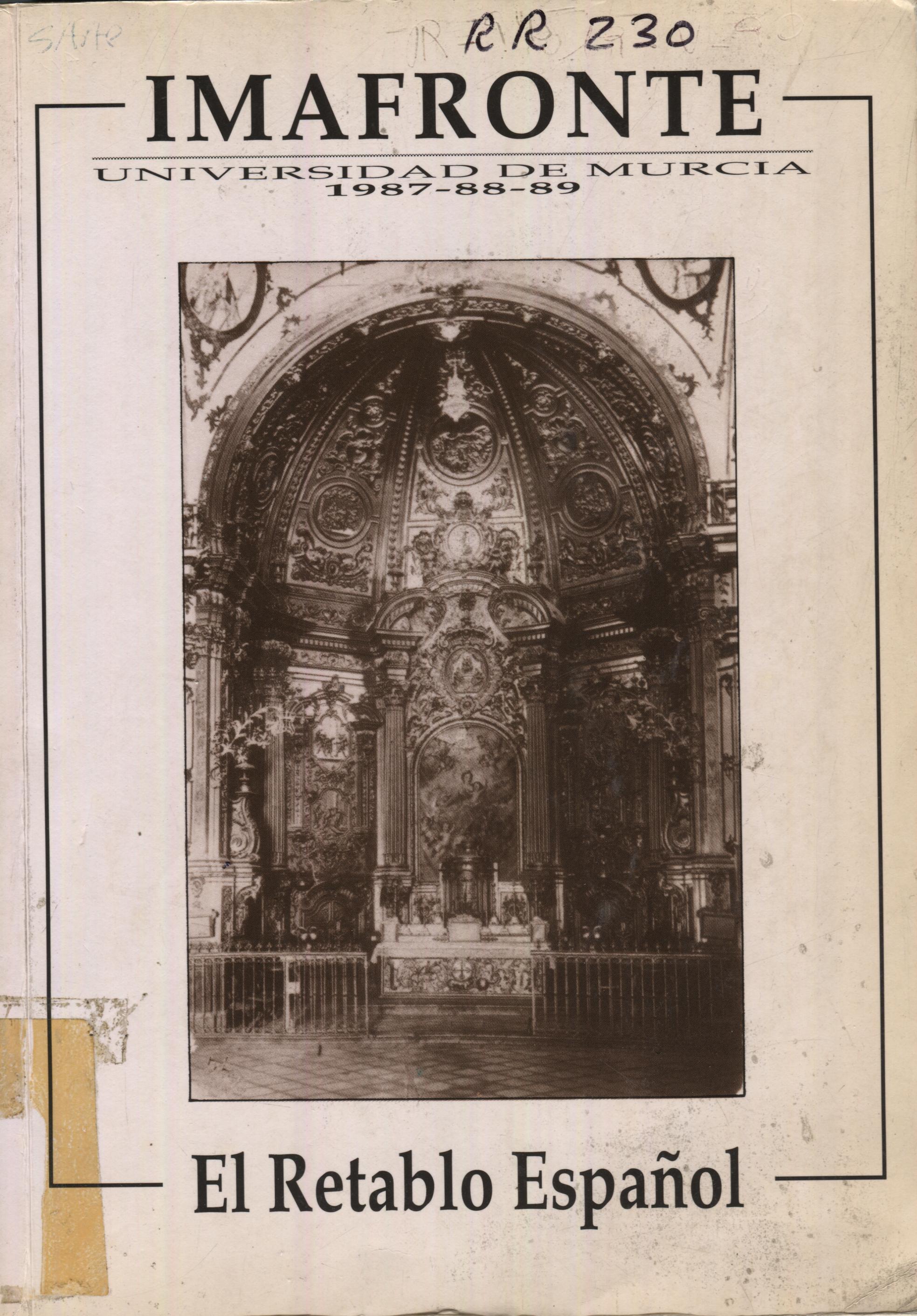EL RETABLO DEL SIGLO XVII EN CÓRDOBA
Resumen
To Córdoba, the XVIIth century represents a stage of splnidour as far as regards retablemaking activity. This is a srage opened by the great main retable in the cathedral of córdoba, carved in marble according to a project by the Jesus Brarher Alonso Marías. Parish churches, like those in Santaella and Montemayor, are going ro follorit its example in the firsr half of the century. During this time, other schemes are going to assert themselves too as in certain retables in conventual Carmelite churches (an example: Sr. Joseph's retable in Lucetiu). By the middle of the century, a clear evolution is observeti in the retable of Sr. Anne, in Montilla, a work by Bals de Escobar, the influence of wich we perceive in other works of this areu. It the last quarter of the century. the twisted column retable assert itself in Córdoba and other main places of its province, like Lucena. Francisco Hurtado Izquierdo, a real protagonist of the transition from the XVIIth to the XVIIIth century, became rrained here.Descargas
-
Resumen323
-
PDF185
Las obras que se publican en esta revista están sujetas a los siguientes términos:
1. Los autores ceden de forma no exclusiva a la revista los derechos de explotación (reproducción, distribución, comunicación y transformación).
2. Las obras que se publican en esta revista están sujetas a la licencia Attribution-ShareAlike 4.0 International (CC By SA 4.0). Por lo que se pueden copiar, usar, difundir, transmitir y exponer públicamente, siempre que:
i) se cite la autoría y la fuente original de su publicación (revista, editorial y URL de la obra), permitiendo así su reconocimiento.
ii) se permite remezclar, transfromar o crear a partir del material mientras se mantenga la misma licencia del original.
3. Condiciones de auto-archivo. Se permite y se anima a los autores a difundir electrónicamente las versiones pre-print (versión antes de ser evaluada) y/o post-print (versión evaluada y aceptada para su publicación) de sus obras antes de su publicación, ya que favorece su circulación y difusión más temprana y con ello un posible aumento en su citación y alcance entre la comunidad académica. Color RoMEO: verde.
























